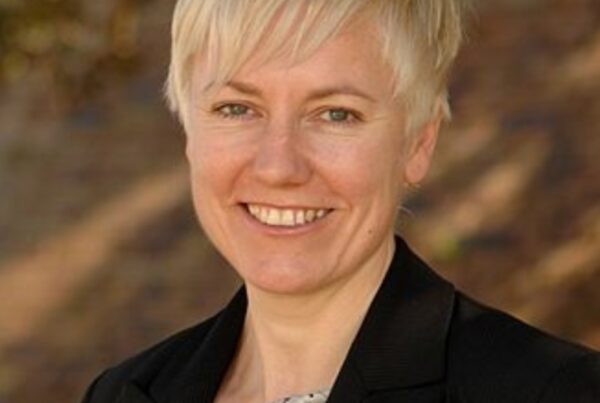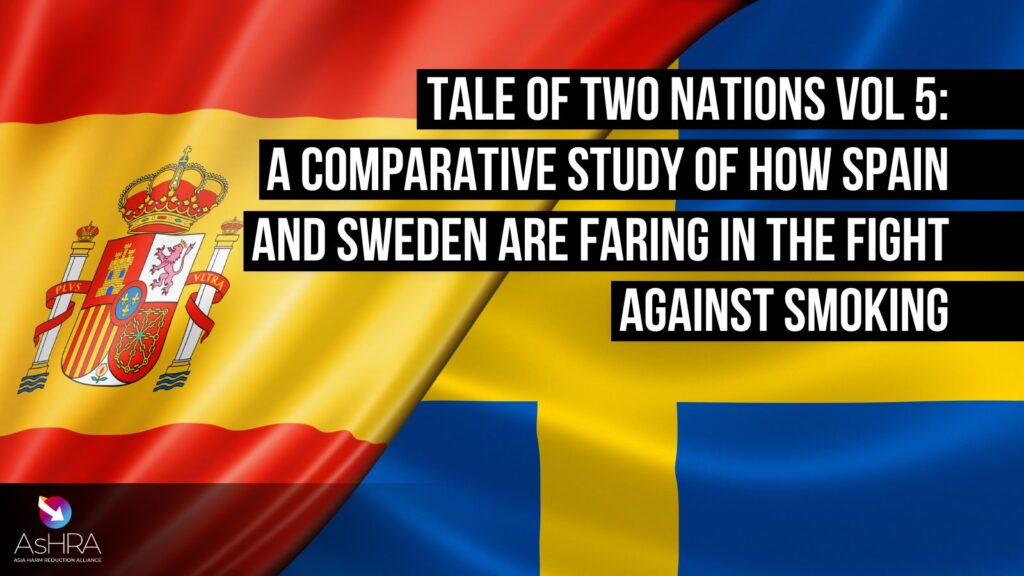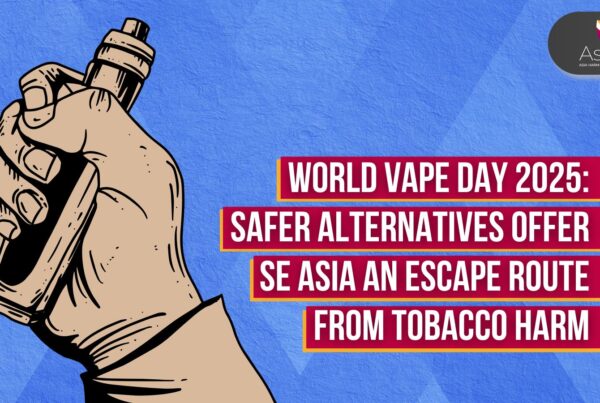With a smoking rate of only 5.6%, Sweden is set to become a smoke-free country in 2023 – a world first in public health. A country is considered officially smoke-free when less than 5% of the adult population smokes tobacco, according to the European Network for Smoking and Tobacco Prevention (ENSP) and the World Health Organisation (WHO).
So how did Sweden manage to cut smoking rates from 15% in 2008? In short, they separated nicotine use and cigarette smoking. Inhaling toxic smoke from combustible cigarettes causes the bulk of tobacco-related illnesses and death. Nicotine is addictive but does not cause tobacco smoking-related diseases, such as lung cancer, stroke and chronic obstructive pulmonary disease (COPD).
Killing more than 8 million people in 2019, smoking cigarettes or other combustible tobacco products causes the majority of global non-communicable deaths. Although the health risks of smoking are widely known, there are presently more than a billion smokers in the world.
To address this public health issue, governments introduced tobacco control, which the WHO defines as a “range of supply, demand and harm reduction strategies that aim to improve the health of a population by eliminating or reducing their consumption of tobacco products and exposure to tobacco smoke.”
Although good on paper, tobacco control policies have struggled to significantly reduce persistently high smoking rates. Governments thus need to consider other policies to make further progress toward a smoke-free society – which is exactly what Sweden did.
Sweden achieved tobacco control success by shifting the focus from tobacco control to embracing harm reduction strategies. Their proactive implementation of tobacco control as defined by the WHO Framework Convention on Tobacco Control (FCTC), Article 1(d), means that they not only employed supply and demand strategies but also harm reduction strategies that regulate less harmful non-combustible forms of tobacco and nicotine and make them affordable and their use acceptable.
The Swedish approach is two-pronged: On the one hand, strict tobacco control measures make the consumption of combustible tobacco products less attractive to adult smokers. On the other hand, the use of less harmful non-combustible forms of tobacco and nicotine is facilitated.
The Swedes’ systematic, long-term approach has made smokeless, less harmful alternatives to cigarette smoking accessible, affordable and acceptable to the population. These alternatives include snus, oral nicotine pouches, and e-cigarettes or vaping products.

- The average EU smoking rate is 23% (more than 4 times that of Sweden )
- Only 3% of Swedes aged 16-29 years smoke, while that rate is 29% for other Europeans aged 15-24 years
- Sweden’s incidence of cancer is 41% lower than in the rest of Europe
- Sweden experiences 38% fewer total cancer deaths than other EU countries
- Sweden has a 39.6% lower rate of death due to tobacco-related diseases compared to the EU average
- Sweden is one of the three countries with the lowest number of deaths caused by lung cancer
Sweden’s experience is a gift to global public health and a massive breakthrough in tackling non-communicable diseases (NCDs). If replicated in other countries, it can save tens of millions of lives over the next two decades alone.
Learn more about the Swedish experience of beating smoking and gaining the associated benefits of reducing smoking-related mortality by accessing SMOKE FREE SWEDEN 2023, reading the report: THE SWEDISH EXPERIENCE: A ROADMAP TO A SMOKE FREE SOCIETY, and or watching the videos “Sweden is about to become the first smoke-free country” and “Smoke-Free Sweden 2023 Launch Event”.
Related Posts
 Time to support Filipino vape law, not relitigate it
Time to support Filipino vape law, not relitigate it
Time to support Filipino vape law, not relitigate it
 Greens’ Plan To Legalise Nicotine Vapes Lauded
Greens’ Plan To Legalise Nicotine Vapes Lauded
Greens’ Plan To Legalise Nicotine Vapes Lauded
 Taiwan Vaping Ban Disappointing For Its Many Smokers
Taiwan Vaping Ban Disappointing For Its Many Smokers
Taiwan Vaping Ban Disappointing For Its Many Smokers
More about
Alcohol Harm Reduction
More about





